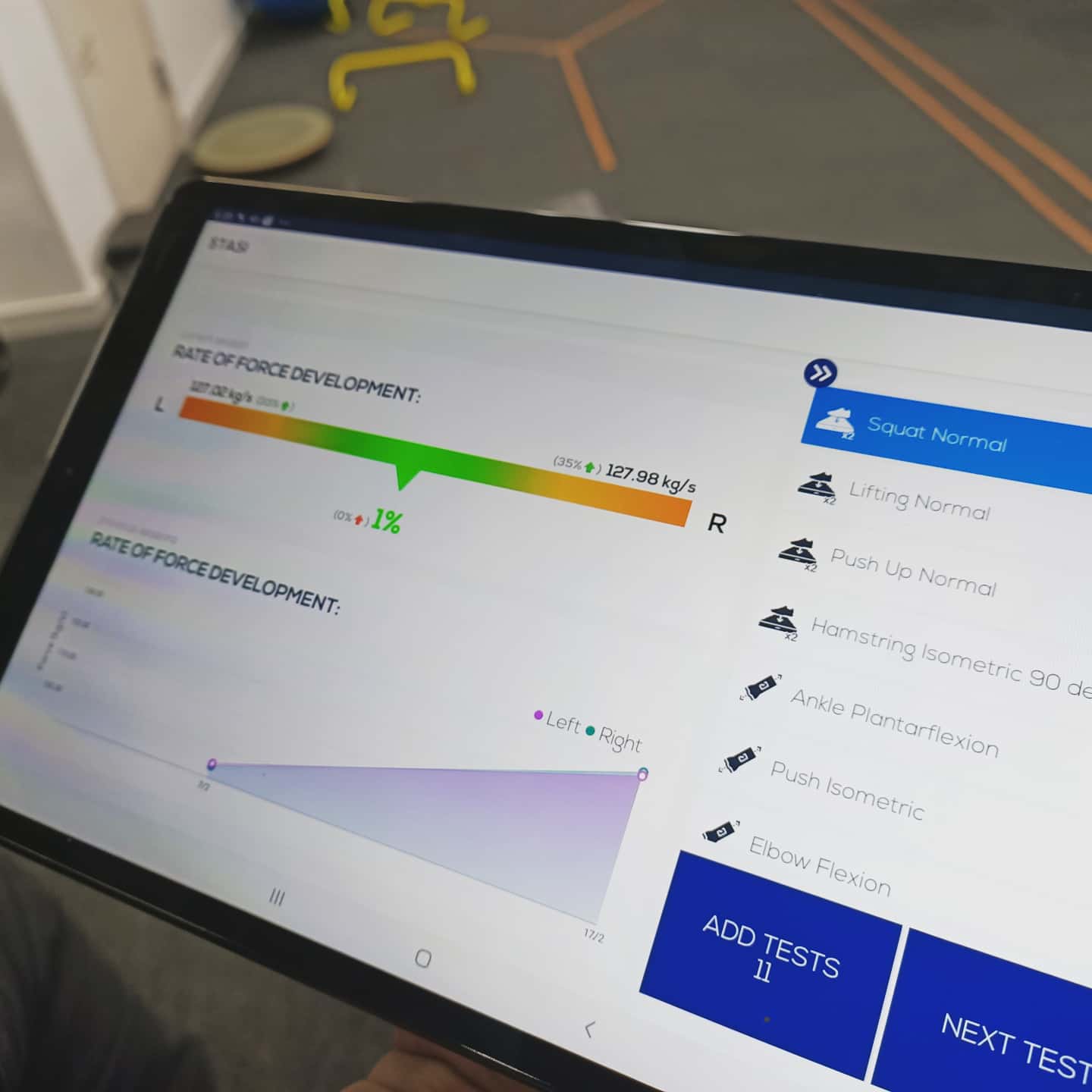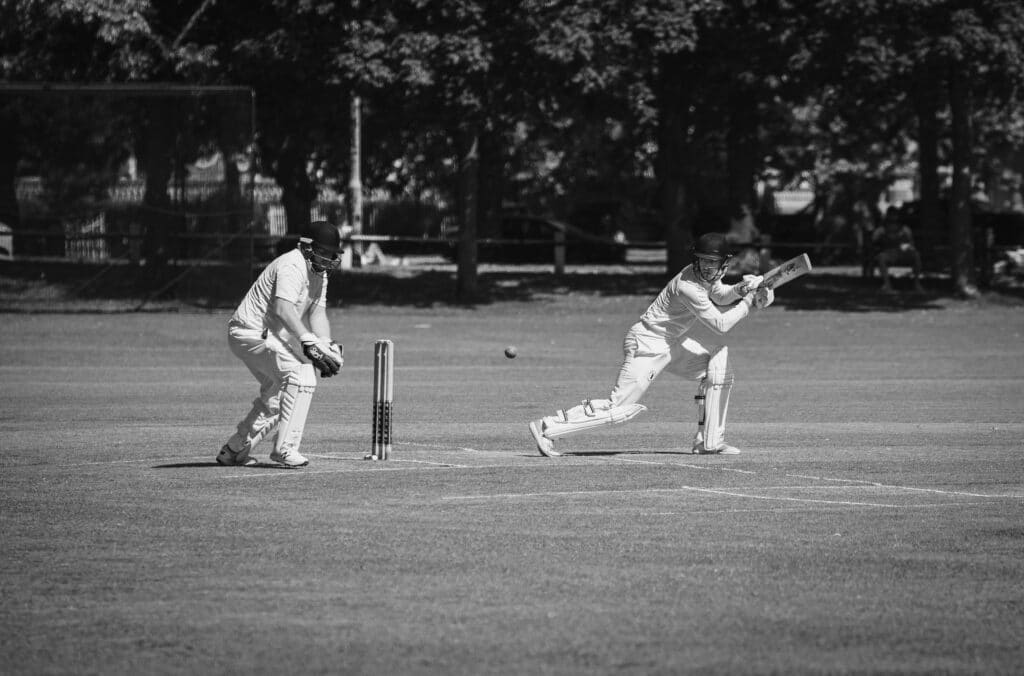How to measure strength
What we’ll cover
How to measure strength
Strength, power, and weight transference are the fundamental aspects of movement which allow us to participate in the activities that we love. Whether it be working in the garden, walking around our neighborhood or participating in high intensity dynamic sports, we all require a degree of strength, power and weight transference to participate in these activities. In this blog, our physiotherapist Michael highlights how our new technology AxIT precisely and accurately measure strength to assist with optimal physiotherapy treatment, rehabilitation and exercise.
As physiotherapists, we are constantly assessing and reassessing these factors in order to quantify imbalances and formulate goals which will allow you to be injury free and active. As such, we will be implementing the AxIT system developed by Strength By Numbers. The AxIT system is a measurement tool which uses force plates and dynamometers to assist us in accurately and repeatedly measuring your strength, power and weight transference during every day movements thus providing you with concise feedback as to where improvements can be made.
So how does this translate into practice for you and how does this work?
In the past, assessing strength and power has been difficult to objectively quantify and translate from physio to physio. Muscle strength has previously been subjectively quantified using manual muscle tests such as maximum resistances against an opposing force produced by the physio and functional movement tests such as squatting, hopping and jumping wherein we endeavour to measure your power and endurance. Whilst this is moderately reproducible with the same therapist, the reliability between physios is somewhat ambiguous.
The AxIT system removes all the guess-work associated with this process, condensing what has previously been a time consuming process into a succinct battery of tests. We are now able to accurately and objectively assess maximal strength, power generation and weight transference both statically and dynamically through the use of the Push-IT, Pull-IT and Stomp-IT tools.
For example, the system would allow us to test the maximum amount of kilograms you can bicep curl, compare the rate force production when hopping on your left versus your right leg or even assess the distribution of strength through your lower limbs when performing a deadlift exercise. Furthermore, the use of this system during post-operative rehabilitation will allow our physiotherapists to more accurately and frequently assess asymmetries between affected and non-affected sides to ensure adequate strength is restored and thus maximise overall function.
Moreover, with accurate measurements of maximal strength in kilograms, we will be able to more specifically program your exercises to reflect your capacity and thus stimulate improvements in muscular strength. For example, if you have an strength deficit in elbow flexion, we can assess your one repetition maximum (1RM) using the Pull-IT apparatus and thus program your exercise to reflect 60-80% of that 1RM for 10-12 reps which will provide the necessary stimulus to improve that strength deficit.
When will your physiotherapist assess your strength?
We can apply this technology to any presentation and provide you with your data from session to session so that you can understand and follow your progress with us, providing greater clarity and accuracy for both you and your physiotherapist.
Our physiotherapists are already using it to prevent a range of injuries including muscle strains such as hamstring strains as well as to ensure best practice with return to sport following ACL surgery.
To learn more, call our friendly team or book online today.


